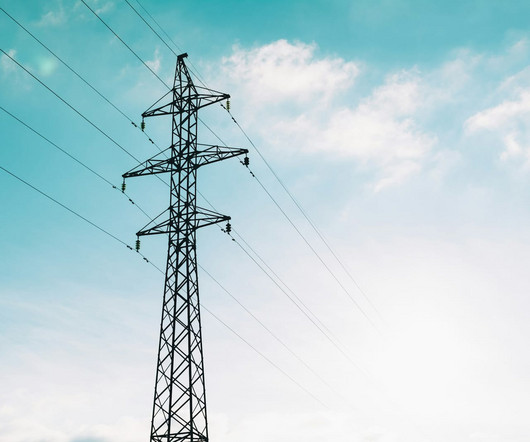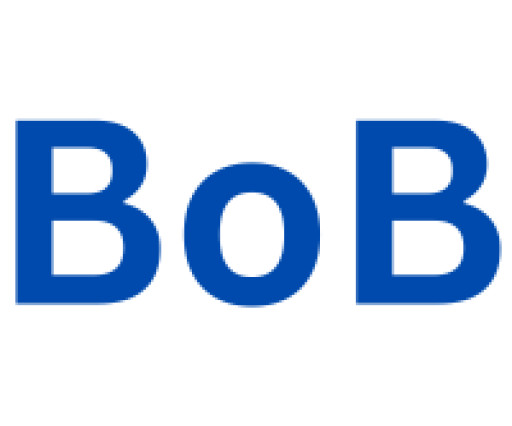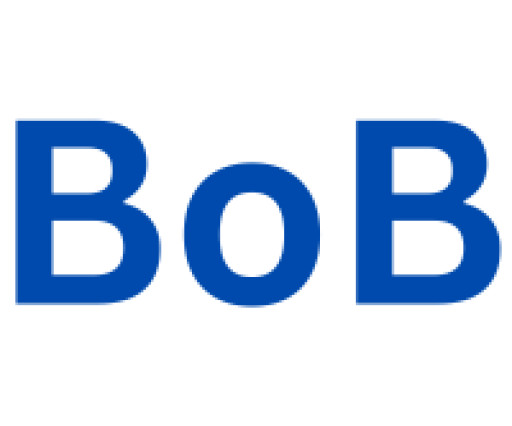Digital Infrastructure Investment 2024: 'All-in' on Open Access
Broadband Breakfast
SEPTEMBER 16, 2024
Their network provides blazingly fast Internet speeds, phone, and television services. He brings a deep understanding of the issues and resource needs surrounding broadband, wholesale optical transport services, and rural economic development issues.












Let's personalize your content